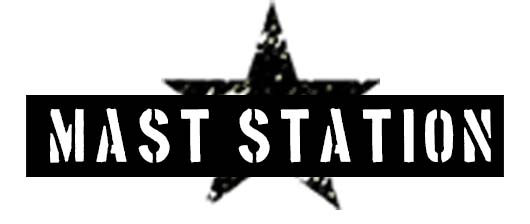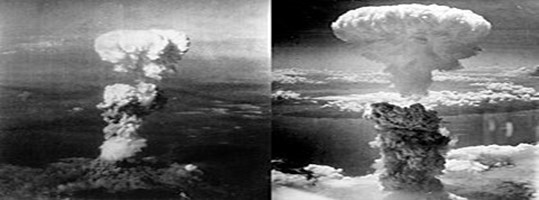The United States detonated two nuclear weapons over the Japanese metropolitan networks of Hiroshima and Nagasaki on 6 and 9 August 1945, separately. The two bombings killed someplace in the scope of 129,000 and 226,000 people, a huge segment of whom were customary individuals, and stay the solitary usage of nuclear weapons in the equipped conflict.
Somewhat recently during World War II, the Allies orchestrated a costly interruption of the Japanese territory. This undertaking was gone before by a standard and firebombing exertion that squashed 67 Japanese metropolitan zones. The contention in Europe wrapped up when Germany abandoned 8 May 1945, and the Allies coordinated their full focus toward the Pacific War. By July 1945, the Allies’ Manhattan Project had conveyed two sorts of atomic bombs: “Powerful Man”, a plutonium breakdown type nuclear weapon; and “Young fellow”, an upgraded uranium gun-type separating weapon. The 509th Composite Group of the United States Army Air Forces was arranged and outfitted with the specific Silver-plate variation of the Boeing B-29 Super fortress and shipped off Tinian in the Mariana Islands. The Allies required the unlimited quiet submission of the Imperial Japanese military in the Potsdam Declaration on 26 July 1945, the alternative being “quick and utter demolition”. Japan disregarded the last proposition.
The consent of the United Kingdom was gotten for the assaulting, as was required by the Quebec Agreement, and orders were given on 25 July for atomic bombs to be used against Hiroshima, Kokura, Niigata, and Nagasaki. These targets were singled out on the grounds that they were gigantic metropolitan zones that also held militarily basic workplaces. On 6 August, a Little Boy was dropped on Hiroshima; following three days, a Fat Man was dropped on Nagasaki. Throughout the span of the accompanying two to four months, the effects of the atomic bombings killed someplace in the scope of 90,000 and 146,000 people in Hiroshima and 39,000 and 80,000 people in Nagasaki; by and large, half happened directly from the beginning. For a seriously long time from there on, colossal amounts of people continued dieing from the effects of devours radiation issues, and wounds, compounded by illness and awfulness. Most of the dead were standard people, notwithstanding the way that Hiroshima had a sizable garrison.
Japan offered up to the Allies on 15 August, six days after the Soviet Union’s disclosure of war and the assaulting of Nagasaki. The Japanese government denoted the instrument of abandon on 2 September, effectively completing the contention. Analysts have broadly thought to be the effects of the bombings on the social and political character of following world history and standard society, and there is still a ton of conversation concerning the good and legal legitimization for the bombings. Partners acknowledge that the atomic bombings were imperative to convey a speedy completion to the contention with irrelevant mishaps, while savants fight that the Japanese government may have been brought to surrender through various techniques while including the great and good implications of nuclear weapons and the passing caused to customary residents.

